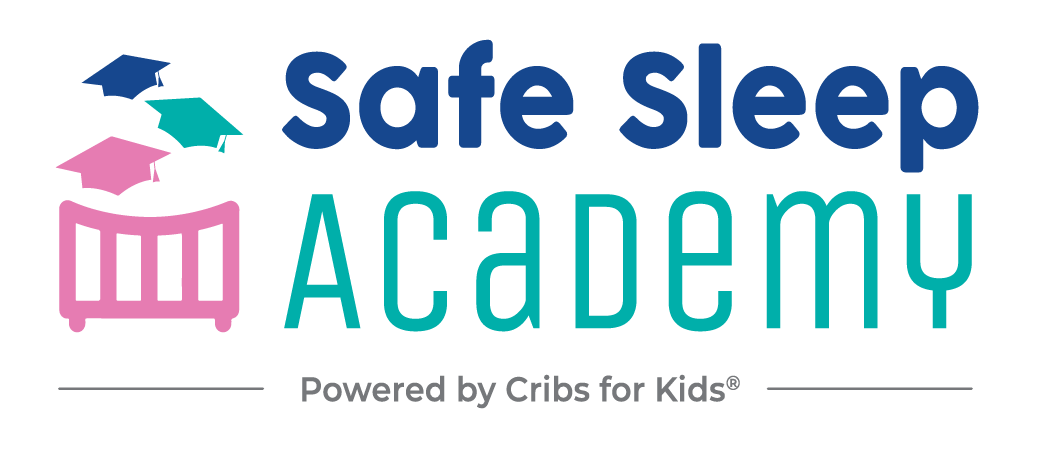Welcome to our new Product Review blog where we will answer questions that we receive from parents about specific products and if they are safe to be used for sleep.
Our recommendations will be based upon the SIDS and Other Sleep-Related Infant Deaths: Updated 2016 Recommendations for a Safe Infant Sleeping Environment set by the American Academy of Pediatrics Task Force on Sudden Infant Death Syndrome. It will additionally include references to the Consumer Product Safety Commission and their standards on crib safety as well as other products related to infant safety when applicable.
First, let’s go over the basics of infant sleep safety and what constitutes a safe sleeping environment as detailed by the American Academy of Pediatrics:
- Back to sleep for both naptime and bedtime.
Remember, the rules remain the same for every time your child is asleep.
- Infant sleep surfaces should always be firm.
Firm surfaces reduce the risk of SIDS and suffocation, because firm surfaces will not “indent or conform to the shape of the infant’s head when the infant is placed on the surface.”
- Infants should always be placed to sleep in a crib, bassinet, portable crib, or play yard.
Cribs should conform to the CPSC’s standards for a safe crib: Crib slats should be no further apart than 2 3/8 inches and should not be missing any hardware. Bassinets, portable cribs and play yards should also conform to the standards set by the CPSC for their specific categories.
- Keep all soft objects and loose bedding out of an infant’s sleep environment.
Soft objects and loose bedding include (but are not limited to): pillows, blankets, bumper pads, stuffed animals, comforters, mattress pads, etc. These objects pose suffocation, strangulation, and entrapment hazards in the sleep environment.
- Do not overheat or over-bundle infants during sleep. Infants should not wear anything that covers their heads during sleep.
Infants should always be dressed appropriately for their environment and their heads should not be covered by a hat when sleeping.
All of our posts will be based on the recommendations above. If a product does not comply to these guidelines, we cannot recommend the product to be safe for sleep.
Stay tuned as we update this section with questions from parents just like you!
For more information, read more about the American Academy of Pediatrics’ recommendations on infant safe sleep here.

